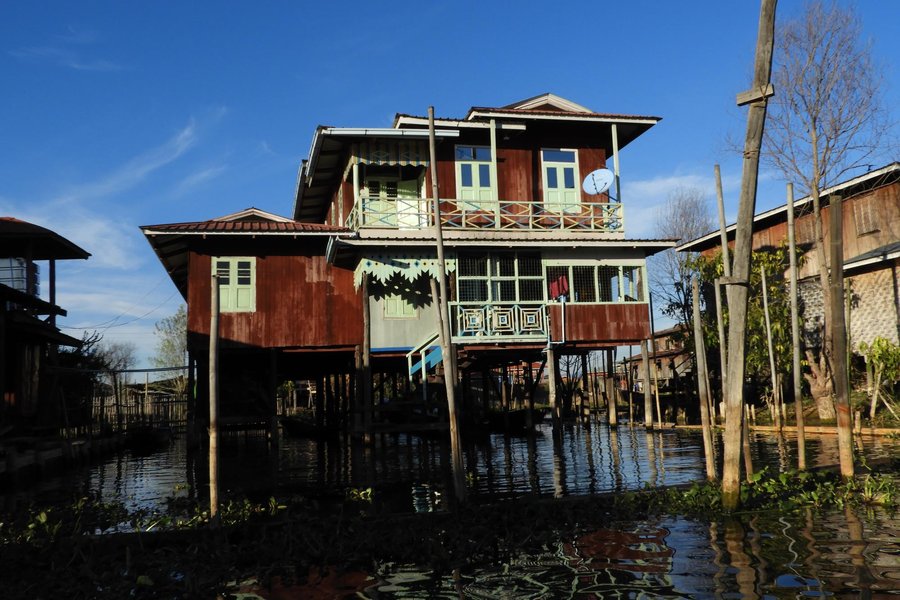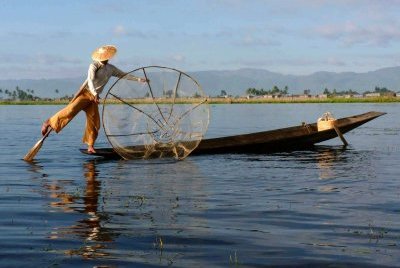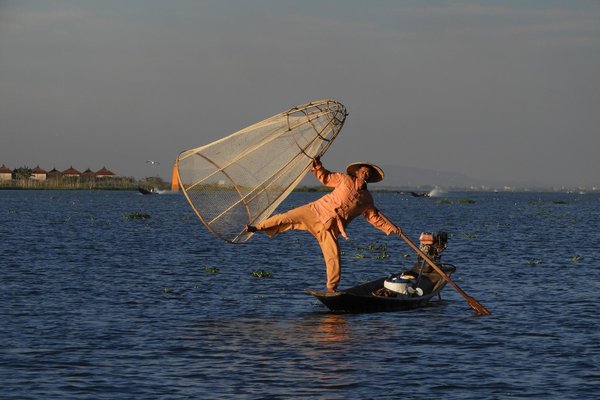Myanmar
Inle Lake
Site Info
Official Information
- Full Name
- Inle Lake (ID: 825)
- Country
- Myanmar
- Status
-
On tentative list 1996
Site history
History of Inle Lake
- 1996: Added to Tentative List
- Added to tentative list
- Type
- Cultural
- Criteria
Links
- UNESCO
- whc.unesco.org
All Links
UNESCO.org
- whc.unesco.org — whc.unesco.org
Community Information
- Community Category
- Cultural Landscape: Continuing
Travel Information
Recent Connections
News
No news.
Recent Visitors
Visitors of Inle Lake
- AC
- Adrian Turtschi
- Alexander Parsons
- Alex Baranda
- Alikander99
- ALS
- A. Mehmet Haksever
- Ammon Watkins
- Astraftis
- Bram de Bruin
- Carlo Sarion
- Cheryl
- Clyde
- Csaba Nováczky
- Delphine Delaunay
- Errol Neo
- Francky D'Hoop
- George Gdanski
- GerhardM
- giulio25
- Harry Mitsidis
- Ingrid
- Jacob Otten
- Javier Coro
- Jean Lecaillon
- Jeffrey Chai
- Joel on the Road
- jonathanfr
- Jon Opol
- Jonoprout
- Kurt Lauer
- Luke LOU
- MarcoB_0
- Martin
- Michael Ayers
- Michael Turtle
- MMM
- Monica Tasciotti
- PabloNorte
- Patrik
- Patrik_globe
- Pieter Dijkshoorn
- Riccardo Quaranta
- Roman Bruehwiler
- Sergio Arjona
- Shandos Cleaver
- Shannon O'Donnell
- Solivagant
- Stanislaw Warwas
- SteveD92
- Tamara Ratz
- Tevity
- Thomas Buechler
- Tim Allen
- Timothy C Easton
- Truls Brekke
- Van Hung
- Vernon Prieto
- Zizmondka
Community Reviews
Show full reviews
The Inle Lake is quite touristy especially the northern part close to Nyaungshwe. However, the southern part is still in pristine condition. Hardly any tourists in the southern part so worth the extra effort IMHO. Still I don't think the Inle Lake deserves a WHS listing.
Keep reading 0 comments
Soon after our boat left Nyaungshwe, the main entry point for Inle Lake, I was somewhat surprised to see a board advertising the fact that Inle is already an ASEAN Heritage site – a scheme aimed solely at natural sites. The Lake may well have some natural values in the form of birds (It is undoubtedly of some importance in this respect and we saw quite large numbers – but of relatively few species), 9 endemic species of fish and also over 20 endemic species of snail (!), but nearly everyone visiting the Lake will be doing so to see the “leg rowers” and to visit the villages within and alongside the lake for their markets and pagodas – this is no “natural” wilderness and has only very small reserved areas. Accordingly the T List entry is aimed purely at Cultural values and, if it ever reaches the nomination stage, it will surely be as a Cultural Landscape (CL) without any “Natural” claims.
The current list is surprisingly short of true lacustrine CLs – as far as I am aware only Ferto/Neuseidlersee includes a lake as a major part of its inscribed area and even then the lake itself doesn’t appear as a really significant part of the cultural life represented by the site, which emphasises more the viticulture, towns, palaces and other land based aspects. On the T List, Ganvie in Benin and Nzulezu in Ghana are 2 genuine lacustrine sites with stilt villages etc and a way …
Keep reading 0 comments
